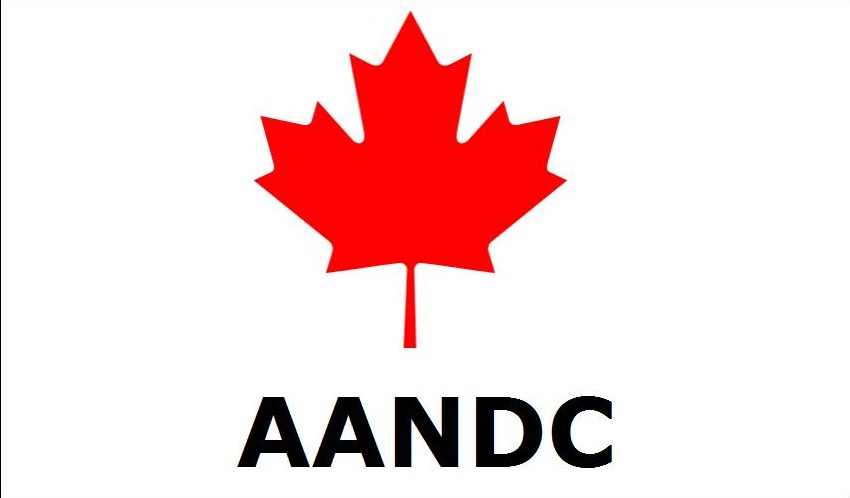So what does this all mean? Where do first nations fall under these regulations and who is responsible for ensuring that they have access to one of the basic needs of life? Well, along with the territorial government's regulations and advisories, Aboriginal Affairs and Northern Development Canada (AANDC) and Health Canada are example of agencies who are supposedly leading the efforts for these aboriginal tribes.

This event is the poster child for government neglect in regards to water on first nation lands, as explained by Charlie Angus, a Canadian Politician:
Angus explains that Health Canada addresses water quality issues by simply telling first nation tribes to boil their water, and then putting the area on advisory. Rather than spending the money to update these facilities or to employ properly trained workers, the government allows these vulnerable populations to go months and even years with tainted water. According to Angus, roughly "39% of first nation communities in Canada are high risk...and 34% are at medium risk" of water contamination.
While the Canadian government is aware of water quality issues on first nation lands, they are reluctant to put forward the estimated $4.7 billion dollars "over 10 years to bring First Nations up to the standards enjoyed by other Canadians" (National Engineering Assessment).

No comments:
Post a Comment